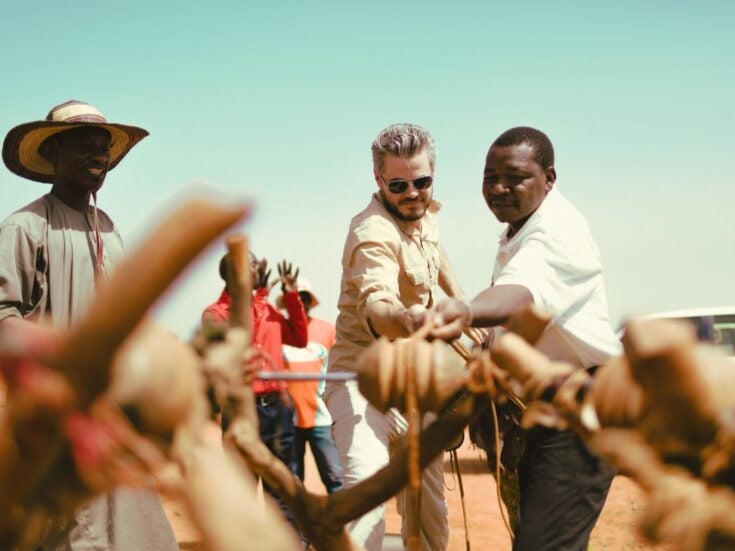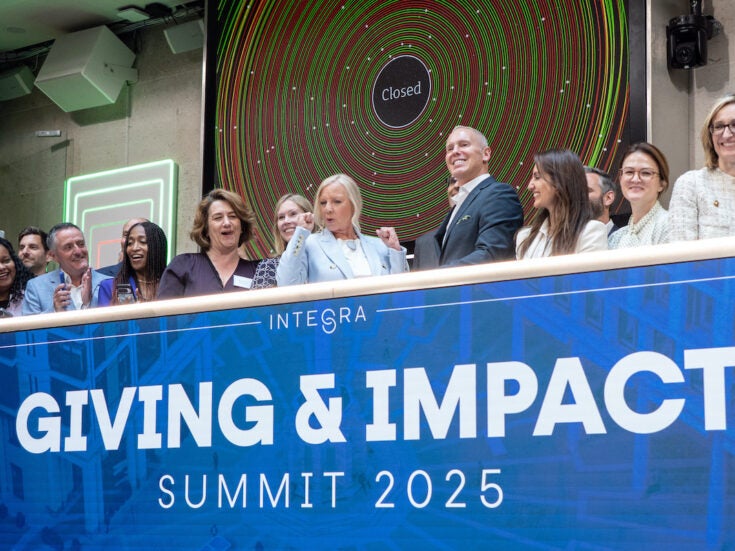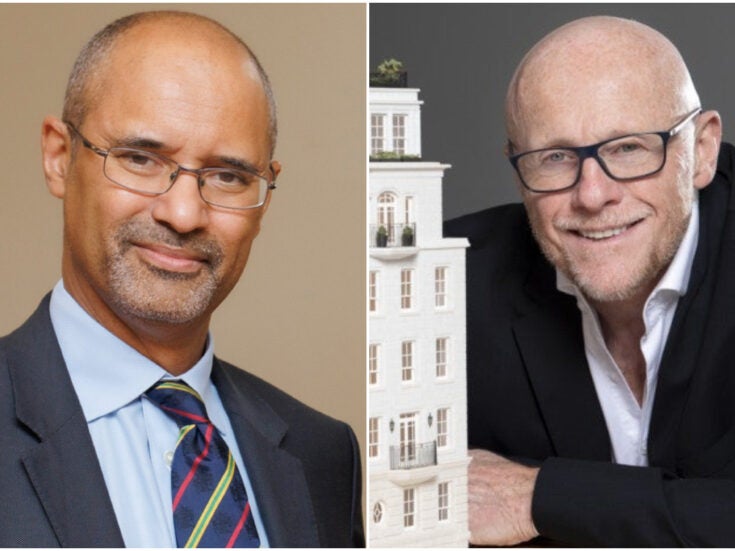
New Philanthropy Capital supports Spear’s 1 Per Cent Campaign because it is a powerful impetus for wealth individuals to think about their giving. NPC’s experience suggests that part of getting the 1 Per Cent to do more good involves helping them to do good better, says Plum Lomax
WE WERE HIGH up in an office overlooking Green Park running a philanthropy workshop with a wealthy European family. The parents were listening attentively and asking questions about what they could do to engage young people in disadvantaged areas of London. Their son, however, was less interested, slouching at the table, more engaged with his blackberry than how to tackle poverty. Despite our best efforts, his mind was clearly elsewhere.
Until, that is, the conversation turned to sport. As we explained how sport could be used as a ‘hook’ to engage young people and help them get back on track, he began to take an interest. We started telling the family about an amazing boxing academy in North London which provides an alternative sports-based education for 14 to 16 year olds and achieves fantastic results with kids who would otherwise have been excluded from school. Suddenly the son started to get involved. The blackberry disappeared. He was asking questions—good questions—about the benefits of sport, the impact of the Olympics, a football project in Uganda he had seen. The family agreed that they would visit some charities with NPC, taking the son to one of the projects. The irony of sport as a hook to engage young people was not lost on us or the parents.
Passion comes first. Unless donors find an issue that they connect with, a ‘hook’ that helps them to engage, giving money away can sometimes seem like a duty. Whilst the issues that charities are tackling are serious, giving does not have to be a dry, stoical process—it should be fun and rewarding. It can also involve much more than just writing a cheque: it can be about giving time and expertise, involving the whole family, meeting other funders, learning about issues, and seeing organisations grow. Helping donors to work out exactly what they care about and what they want to achieve is the first part of this process.
So, our family decides to support young people and thinks sport may be one of the ways to engage them: what comes next? Do they fund locally or nationally? In schools or communities? Do they focus on preventing problems or tackling them once they emerge? Once you scratch below the surface, there are dozens of questions to ask. Passion needs a focus and some structure if money is to be targeted in the best way possible. It is important to learn about an issue, and understand the needs in order to understand where you can make a difference. Effective funding is about having a clear and realistic plan.
Part of the plan needs to consider how charities will be selected. Should you invite applications or pro-actively select charities? Do you want to support small, entrepreneurial organisations, or solid, well-established names? Taking time to identify the right charities and build relationships over the long-term is essential to effective funding, and understanding the impact that you are having. In NPC’s experience, donors become much more engaged when they visit the projects that they fund, and get to know the staff and the people they support. For large donations, setting simple milestones can help both charities and funders to measure their progress and see what they are achieving.
And how do you choose which charity to support out of the hundreds of possibilities? Which one is going the make the most of your donation? Your first concern should be to establish that the charity is clear about its aims, and has evidence that it is achieving them. You should also try to understand what success looks like for that charity, and how it knows this has been achieved. Don’t be afraid to ask the charity about any difficulties or risks they face, lessons they have learned from previous work and what their unique contribution is. Charities should be able to answer these sorts of questions and give you a clear picture of how they complement the activities of other organisations delivering similar services.
WHEN PHILANTHROPISTS ARE engaged, have a plan and feel that they are creating an impact, they will continue to give year after year, and increase their donations. But when they are giving in an unfocused way, disconnected from the issues and charities, they can become disillusioned and wonder what difference they are really making. Encouraging people to give more is all about encouraging them to give better. It’s the difference between opening the charity’s update letter in the post with a sense of excitement, rather than thinking, ‘What do they want now?’ and putting it in the proverbial bottom drawer.
A few years ago NPC worked with Nick and Sophie Marple, a couple from North London. They had been giving money to charity for many years and in 2009 decided they wanted help with developing a giving strategy. They were both passionate about helping disadvantaged children and decided to target their support in Sub-Saharan Africa and Islington, reflecting their desire to give globally and locally. Looking back over their early years of funding, they say: ‘We used to give in a really ad-hoc way. Some money this year, none the next… It was not a very rewarding and engaged way to give; it was not a very positive process. Had we continued giving in this ad-hoc way we might have become bored with it.’ However, their philanthropy was transformed when they became more focused. Suddenly, they could start to see the impact of their giving and it began to feel much more rewarding.
So if we are to engage the 1 Per Cent and change the culture of giving in the UK, we need to think more carefully about how we give as well as what we give; we need to ask ourselves what the purpose of our giving is and what we hope to achieve.






